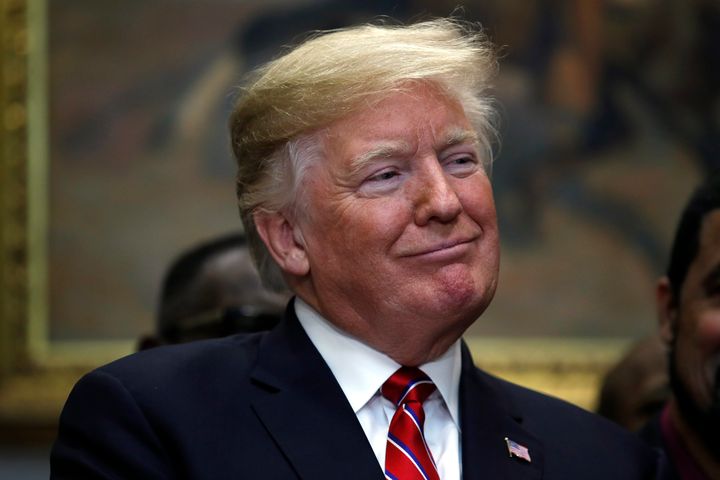Editors’ note: The government shut down early Saturday as no agreement was reached over the president’s proposed border wall.
The federal government may be partially shut down later this week if President Donald Trump doesn’t get the $5 billion he’s demanding from Congress for a wall along the southern U.S. border that he claimed Mexico would pay for.
If such a shutdown comes to pass, it will be a costly and stupid one, just like other shutdowns that preceded it.
The federal government does not save money when it grinds to a halt and federal workers stop working. In fact, the opposite happens: The government wastes time and resources prepping for the shutdown, and then must catch up on missed work once the government reopens.
In the meantime, workers temporarily go without their paychecks, consumer confidence dampens and the gross domestic product takes a small but noticeable hit.
In short, shutting down the government is a self-inflicted and self-defeating move, particularly to the side that seizes ownership of the shutdown before it happens.
The potential shutdown this week may be less costly than past shutdowns due to its limited scope. A shutdown happens when Congress and the White House can’t agree on a deal to fund the federal government. But in this case, Trump and lawmakers have already signed off on funding bills covering roughly three-fourths of the money the government needs to operate.
That means only certain agencies would be hit by a shutdown: the departments of transportation, agriculture, housing and urban development, interior, and homeland security, among others. Those agencies are currently running on a short-term funding extension that ends on Friday night.
Within those agencies, certain “essential” personnel would continue going about their jobs, to be paid retroactively once the government reopens. But a shutdown would lead to an estimated 380,000 furloughs, including 96 percent of personnel at NASA and 86 percent at the Commerce Department, according to Democrats on the Senate Appropriations Committee. Those workers would be out of a job until a deal is reached.

Even though the country faces a much smaller shutdown than the last major one, in 2013, plenty of Americans would take notice. For instance, while the national parks would remain open, the workers who clean and care for them would be at home on furlough. (There have already been two brief shutdowns this year, in January and February.)
Some hardcore Trump fans might enjoy the idea of sticking it to federal workers, whom the president equates with the “swamp,” while holding out for wall funding. But if past shutdowns are any guide, those workers will ultimately be compensated. Since it isn’t fair to punish working-class federal employees for someone else’s political gamesmanship, lawmakers have typically passed legislation paying furloughed workers for the time they were off the job after the fact.
That means the government ultimately ends up paying for work that Congress and the White House didn’t allow to get done. During the 16-day shutdown of 2013, federal workers were furloughed for a combined 6.6 million workdays, according to the White House’s Office of Management and Budget. They were retroactively paid an estimated $2 billion.
The Government Accountability Office took a close look at the costs of that shutdown, digging into the hard choices individual agencies had to make. In one example, employees who work on clinical trials at the National Institutes of Health were furloughed. That led the agency to stop updating its clinical trials registry, which it said provides “critically important information to patients,” and to eliminate services like library checkouts and pet therapy.
Registry updates resumed mid-shutdown ― after members of Congress complained about it.
Merely having to prepare for these scenarios comes at a cost. In the runup to a shutdown, agency officials have to spend their time getting ready to furlough workers and figuring out what programs can better afford to go on hiatus than others. All of that means time and energy are diverted from the agency’s basic mission. It is a sunk cost, whether or not a shutdown even happens.
Any shutdown can affect the broader economy, as opposed to just the inner workings of federal agencies. The Bureau of Economic Analysis estimated that the 2013 shutdown of a little more than two weeks directly reduced GDP for the fourth quarter of that year by 0.3 percentage points. The bureau attributed that to the lost productivity of federal workers who were furloughed.
But some other costs are harder to estimate. Officials interviewed by the GAO said the continued threat of shutdowns tends to hurt employee morale, which makes plenty of sense. Imagine how much work you would get done this week if your boss said the entire office may shut down indefinitely starting Friday evening.
HuffPost readers: Will a shutdown affect your job with the federal government? Tell us about it.

